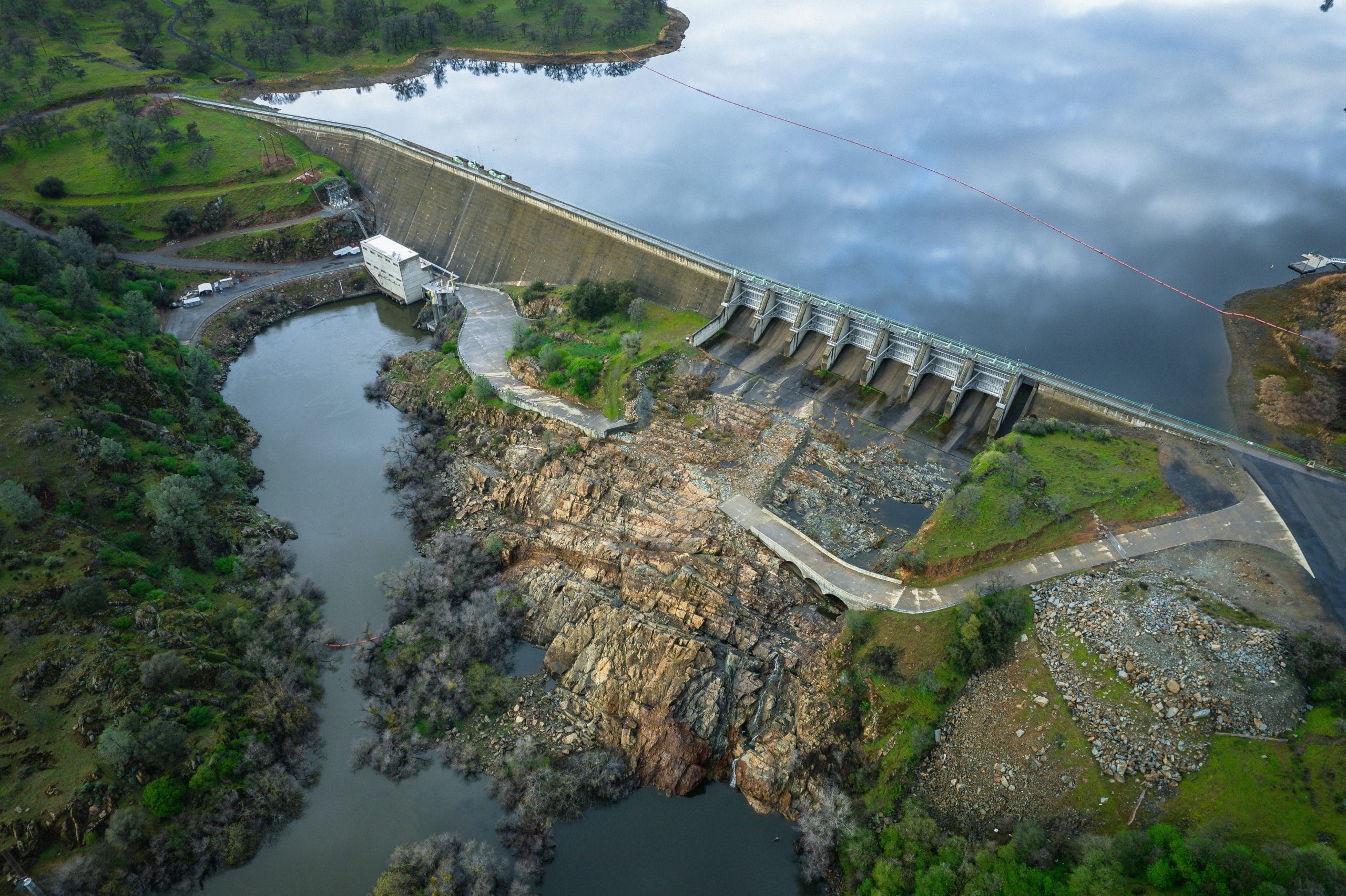The Democratic Republic of Congo (DRC) is positioning its vast Inga hydroelectric site as a future powerhouse for AI-era data centers, pitching the project as one of the world’s most sustainable and cost-effective energy solutions for the data-hungry digital economy.
Speaking at the U.S.–Congo Investment Forum in Washington, Bob Mabiala Mvumbi, head of Congo’s Inga Development Agency, said the government is seeking partnerships with global technology companies to harness Inga’s enormous untapped potential.
Currently generating less than 2 gigawatts (GW), the Inga complex has a potential output of 44 GW — nearly twice that of China’s Three Gorges Dam.
“You would not have a better place than Inga,” Mabiala said, citing abundant hydroelectric capacity, nearby fiber connectivity, and natural water resources for cooling — key requirements for large-scale data center operations.
Powering the AI Era from Africa
The global AI boom has triggered unprecedented demand for computing power. Companies like OpenAI, Oracle, Google, and Amazon Web Services (AWS) are developing data centers with energy demands in the multi-gigawatt range, capable of powering hundreds of thousands of homes.
According to Standard Bank Corporate and Investment Banking CEO Luvuyo Masinda, Africa’s emerging digital infrastructure — if backed by reliable power — offers an attractive cost advantage.
“Data centers make business sense in Africa if you can have a consistent supply of power,” Masinda said. “You’re still able to provide it at a cheaper entry point than in developed markets. Some of these are $3 billion to $4 billion projects.”
The Inga site, located on the Congo River, could become a cornerstone of Africa’s digital infrastructure — powering AI supercomputing, cloud services, and industrial growth, while supporting the country’s broader electrification goals.
Financing and Regulatory Push
Congo’s Grand Inga project, which envisions up to eight dams, has long been delayed by high costs and logistical hurdles. However, renewed momentum is building for Inga III, the next phase of the development.
The World Bank has committed $1 billion to advance the project, with an initial $250 million tranche expected to be disbursed this year, according to Albert Zeufack, the Bank’s representative.
The lender also plans to de-risk the project through mechanisms such as its Multilateral Investment Guarantee Agency (MIGA) to attract private sector investors.
Mabiala estimated the Inga III project, expected to produce 11 GW, will cost around $20 billion, or about $2 million per installed megawatt, including transmission infrastructure.
To attract global partners, the DRC government is drafting a special “Inga Law”, establishing a clear regulatory and fiscal framework for private investment and outlining incentives for companies engaged in design, construction, and operations.
From Energy Exporter to Digital Powerhouse
With its world-class copper and cobalt mining sector facing persistent energy shortages, Congo views Inga as both a national development engine and a regional export hub for clean electricity.
By aligning its hydro potential with the needs of AI-driven industries, the country aims to transform its global economic standing — shifting from a supplier of raw minerals to a producer of digital power fueling the technologies of the future.
“Inga can be to the digital age what oil was to the industrial era,” one energy analyst at the forum remarked.
If realized, Inga’s integration into global data infrastructure could place Central Africa at the heart of the world’s AI revolution, powering not just machines, but a new model of sustainable industrial growth.






